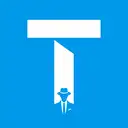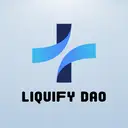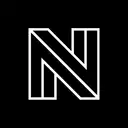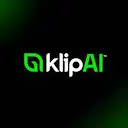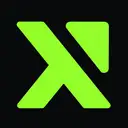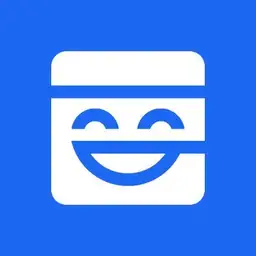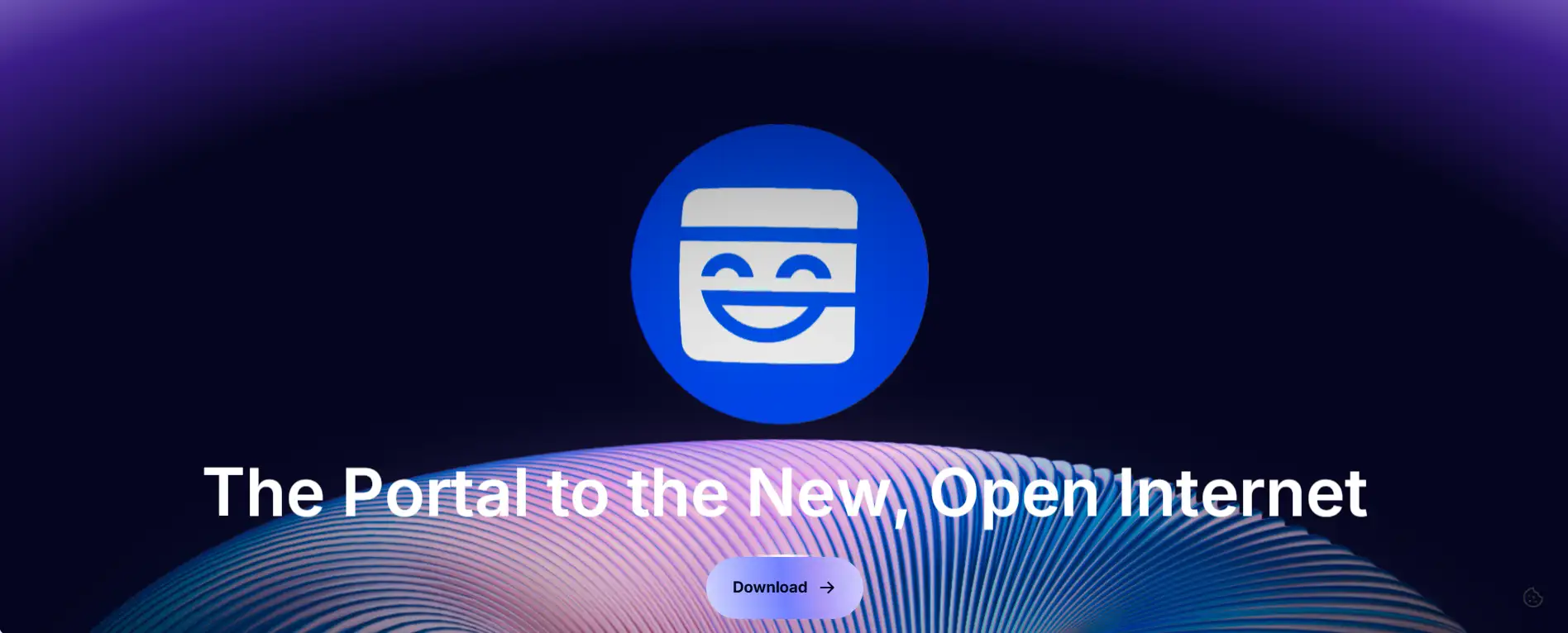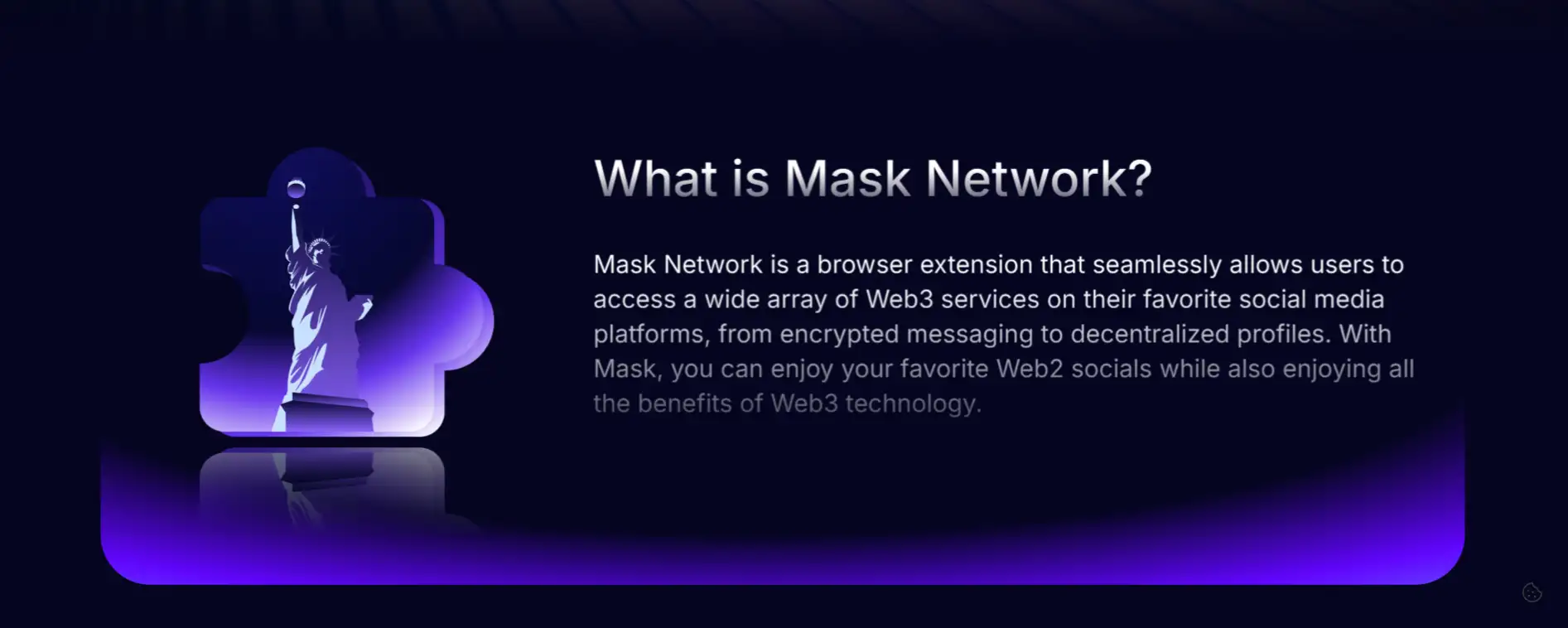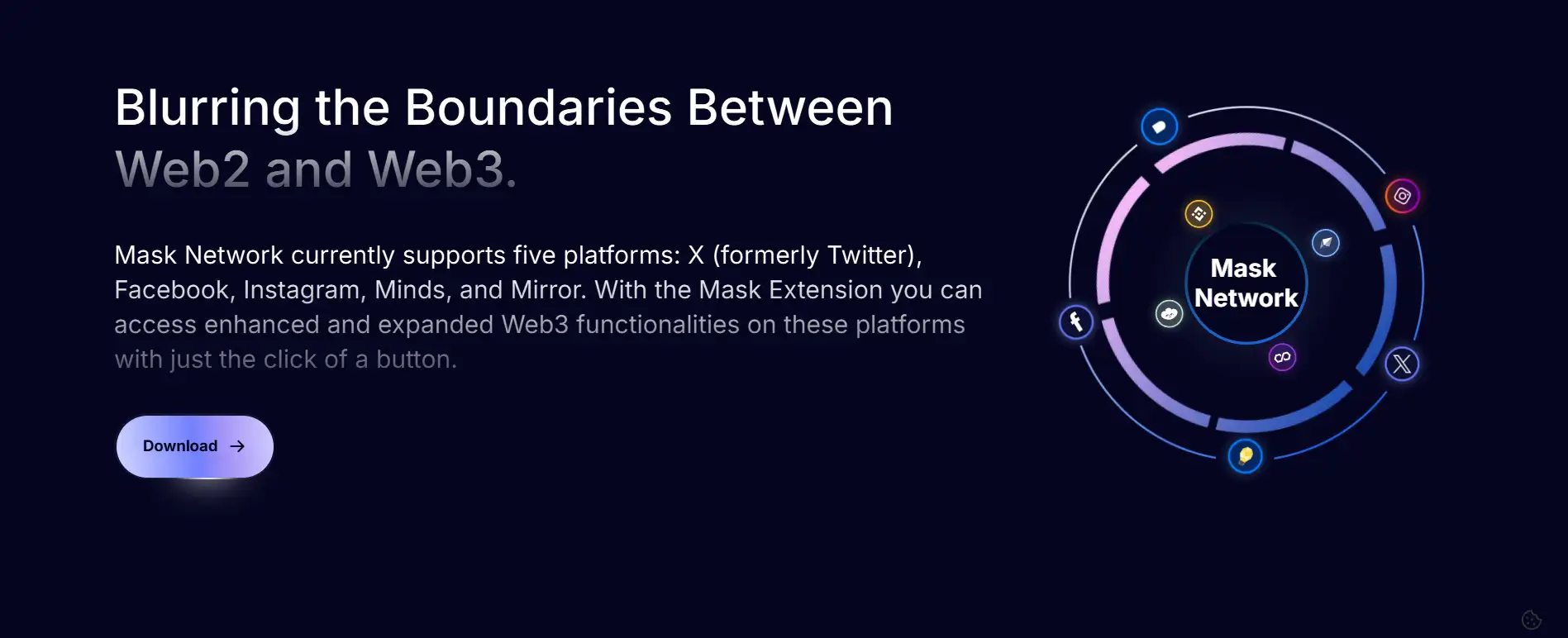About Mask
Mask Network is an innovative browser extension designed to seamlessly integrate Web3 functionalities into traditional Web2 social media platforms. Its core mission is to bridge the gap between centralized platforms and the decentralized web by empowering users to interact with blockchain features directly within familiar interfaces like X (formerly Twitter), Facebook, and Instagram. By offering features such as encrypted messaging, decentralized identity, token swaps, NFT support, and file storage, Mask Network is leading the charge in redefining digital ownership, privacy, and user empowerment online.
The philosophy behind Mask Network is deeply rooted in the idea of the ownership economy—a movement where users own their data, their content, and their digital identity. Through seamless integration, users don’t need to leave their preferred platforms to interact with decentralized tools. Mask Network delivers an intuitive user experience by overlaying Web3 functionalities onto Web2 apps, enabling people to manage assets, mint NFTs, send encrypted messages, and more—all from their timelines. This forward-thinking approach is helping to accelerate mainstream adoption of Web3, making decentralization accessible and user-friendly.
Mask Network was launched with the bold ambition of connecting the traditional internet world (Web2) to the decentralized future (Web3). The project started in 2019 and has since evolved into a robust infrastructure layer that brings blockchain utilities directly into mainstream social media platforms. With its browser extension, users can engage in decentralized activities—such as encrypted social messaging, token swaps, NFT interactions, and DAO participation—without ever needing to leave platforms like X (Twitter), Facebook, or Instagram.
Through partnerships and integrations with leading Web3 platforms like Snapshot, Gitcoin, IPFS, Arweave, and Ethereum, Mask Network has positioned itself as a key player in the decentralized social infrastructure space. It supports key Web3 functions like the creation and distribution of “Lucky Drops,” on-chain identity systems, and the Smart Pay feature that enables users to pay gas fees using MASK tokens on Polygon.
One of the major distinguishing aspects of Mask Network is its wide support for multiple Web3 services and chains. Its unhosted, open-source multi-chain wallet currently supports 15+ EVM-compatible chains, enabling cross-chain swaps, storage, and portfolio tracking. The platform also supports decentralized storage via IPFS and Arweave, allowing users to upload and access files permanently on-chain.
Competitors to Mask Network include platforms like MetaMask, which offers wallet and dApp integration but lacks native social media overlays; Brave Browser, which integrates Web3 tools but primarily through its own browser; and Status, a messaging-focused decentralized browser. However, Mask Network distinguishes itself with its seamless overlay on existing Web2 platforms, strong focus on encrypted identity, and decentralized governance tools embedded within the browser experience.
By continuing to support and collaborate with major players in the space such as CoinGecko, CoinMarketCap, ENS, and RSS3, Mask Network is fostering a vibrant, privacy-first internet future where users reclaim ownership over their data, communication, and identities.
Mask Network provides numerous benefits and features that make it a standout project in the Web3 ecosystem:
- Seamless Web3 Integration: Use decentralized apps directly on social media platforms like X, Facebook, and Instagram.
- Encrypted Messaging: Enables secure communication between users without relying on centralized servers.
- Lucky Drops: Socially viral reward drops only claimable via the Mask plugin, enhancing engagement.
- Smart Pay: A contract wallet on Polygon that lets users pay gas fees using MASK token instead of native tokens.
- Multi-chain Wallet: Open-source, unhosted wallet supporting 15+ EVM chains for cross-chain swaps and portfolio management.
- Web3 File Service: Permanent file storage on IPFS and Arweave with direct upload from your browser.
- On-chain Identity: Support for Next.ID and decentralized profile overlays.
- DAO Participation: Direct access to Snapshot and Gitcoin for governance voting and open-source funding.
- Token & NFT Search: Built-in search tools for exploring tokens, NFTs, and ENS domains.
- Fiat On-Ramp: Exchange between 60+ fiat currencies and crypto directly from your browser.
Getting started with Mask Network is simple and requires only a few steps:
- Install the Browser Extension: Visit the official Mask Network website and download the extension for your preferred browser.
- Connect Your Wallet: After installation, connect your existing Web3 wallet or create a new one using the Mask wallet system.
- Choose Your Platform: Start using the extension on supported platforms such as X, Facebook, Instagram, Minds, or Mirror.
- Explore Web3 Tools: Use features like Lucky Drop, encrypted messaging, token swaps, and DAO voting right within your social media feeds.
- Customize Your Profile: Set an NFT avatar, manage your on-chain identity via Next.ID, and explore aggregated user data with HoverCards.
- Use Smart Pay: Enable the Smart Pay wallet on Polygon to pay for gas using MASK tokens.
- Access Documentation: Visit the Mask Network website for tutorials, FAQs, and community support.
Mask FAQ
Mask Network acts as a browser-based overlay that integrates Web3 features directly onto platforms like X (formerly Twitter), Facebook, and Instagram. This means users can interact with decentralized apps, post encrypted messages, view NFT avatars, and perform token swaps—all without ever navigating away from their social media timeline. The extension embeds functionality directly within the UI of these sites, making Mask Network a seamless bridge between Web2 and Web3 experiences.
Lucky Drop is a unique viral distribution feature built into Mask Network that allows users to reward followers with hidden token drops. Only users who have the Mask extension installed can view and claim these drops, fostering both exclusivity and engagement. It is designed to make token distribution more interactive and social, using existing platforms like X as the distribution channel. This Web3-native mechanism transforms social media timelines into gamified value channels.
Mask Network uses the Next.ID protocol to create a cross-platform decentralized identity system. This allows users to consolidate their Web3 presence—including wallets, NFTs, DAO activities, and usernames—into one profile that travels with them across supported platforms. The integration of HoverCards lets users instantly view detailed profiles and trust signals, creating a verifiable social layer on the decentralized internet. The system supports direct personalization via NFT avatars and decentralized identifiers (DIDs).
Yes. Mask Network includes an integrated Check Security tool that allows users to verify smart contract risk, NFT authenticity, and wallet address legitimacy in real time. Whether you’re viewing a token project, wallet, or NFT on a social media platform, the extension provides a safety overlay using data from trusted sources like GoPlus and NFTScan. This creates a secure, informed browsing experience while remaining fully on-chain.
Unlike standalone wallets like MetaMask, Mask Network is not just a wallet—it’s a browser extension that overlays Web3 utilities onto existing Web2 platforms. While MetaMask requires you to interact via external dApps, Mask Network lets you engage directly from social timelines. Features like Smart Pay, decentralized identity, Lucky Drop, and DAO voting are all built into the social interface, enabling deeper, native-level integration with both the blockchain and the social web.
You Might Also Like
